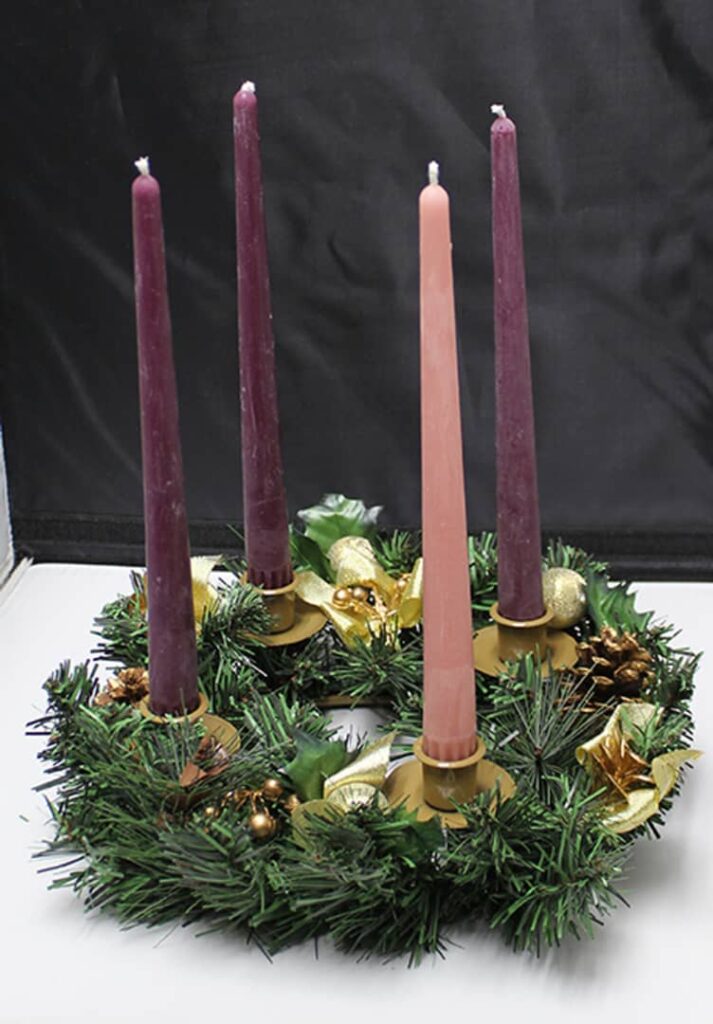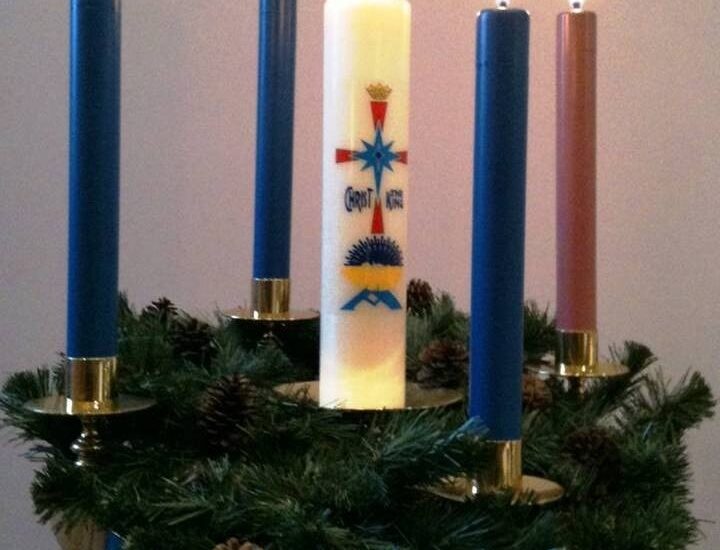There is a certain magic to candlelight that a hundred LED bulbs cannot replicate. I remember being a small child, fidgeting in the hushed silence of a December evening, completely captivated by the single, dancing flame my father had just lit. It was the first Sunday of Advent, and that small fire felt like a promise. This simple ritual, repeated in homes and churches worldwide, connects us to something ancient and deeply human. In our frantic, modern lives, it forces a much-needed pause, a moment to truly consider what and who we are waiting for. I have always been fascinated by how traditions like this one begin. It turns out the story of the Advent wreath is a beautiful tapestry woven from different threads of history. Long before it was a Christian symbol, those hardy Germanic peoples during the dark winters would light candles around a wheel, a tangible act of hope willing the sun to return and the light to come back to the frozen world. Isn’t that a universal feeling? The profound longing for light in the midst of darkness? When Christianity spread through those regions, it did not erase that deep-seated human need; it gave it a new name. The hope for physical light transformed into a spiritual preparation for the coming of Christ, the “Light of the World.” I love that. It shows how faith can take our most fundamental human experiences and infuse them with transcendent meaning. What we think of as the classic Advent wreath, with its four or five candles, is a surprisingly recent addition to the holiday season. It really only gained traction among German Protestants in the 19th century before slowly spreading to Catholics and then, by the 1930s, making its way across the ocean to North America. This timeless tradition, it turns out, is a beautiful blend of ancient symbolism and modern practice, offering a moment of calm reflection during the hectic holiday season. We often imagine our holiday customs as being set in stone, passed down from time immemorial, but learning this made me appreciate the Advent wreath as a living, breathing tradition. It is not a museum piece; it is a practice that has grown and adapted, and that makes it feel all the more accessible to me today. Now, let us talk about the real heart of the matter: the symbolism. This is where the magic happens, right in your own living room. The four candles standing tall on the wreath are so much more than just wax and wick. Each one represents a Sunday in Advent and a specific virtue: hope, peace, joy, and love. I do not know about you, but I need that visual reminder. Lighting them one by one is a kind of meditation.

We start with a single flicker of hope, and each week, we add another flame. The light literally grows, pushing back the darkness bit by bit. I find this gradual illumination so much more powerful than flipping a switch and having everything blaze at once. It teaches me patience. It reminds me that some of the most beautiful things in life require waiting and anticipation. The colors of the candles are their own silent language. You will usually see three purple and one pink, and that is not by accident. The purple ones speak of royalty, yes, but also of penitence and reflection. They set a solemn tone, a quiet invitation to look inward and prepare our hearts, not just our homes, for Christmas. Then, on the third Sunday, we get to light the pink one. Oh, how I loved that pink candle as a kid! It felt like a celebration, a sneak preview of the joy to come. This is Gaudete Sunday, from the Latin for rejoice. It is like the tradition itself is winking at us, saying, “Cheer up, we are halfway there! The light is winning. It is a perfect, gentle nudge that even in a season of quiet preparation, there is always room for a burst of joy. Many of us also include a fifth candle, a pure white one, right in the center of the wreath. This is the Christ candle, lit on Christmas Eve or Christmas Day. When that final flame is kindled, the story feels complete. All the waiting, the hoping, the gradual building of light, culminates in this central, brilliant truth. Christ is here, the Light of the World, illuminating everything around Him. Beyond the history and the theology, the simple act of lighting Advent candles week after week gives our families something priceless: a ritual. In a world that feels increasingly virtual and abstract, this is something tangible. Children learn about patience and hope not because we tell them, but because they experience the striking of the match, the smell of the smoke, the shared silence as the flame takes hold. These are the moments that stick with you, the sensory memories that form the bedrock of your own family story. It is a tradition that is both deeply personal and wonderfully universal, a quiet rebellion against the rush, a way to mark time with intention and heart. For anyone looking to understand the meaning of the Advent wreath or to start a new family tradition for Christmas, the practice is wonderfully accessible. You do not need anything fancy. A simple wreath, four candles, and a willingness to gather are enough. It is a tradition that invites you to slow down, to breathe, and to remember that even in the deepest darkness, a single, small light is a very powerful thing indeed.
References
Catholic Education Resource Center. (2007). The history of the Advent wreath. https://catholiceducation.org/en/culture/the-history-of-the-advent-wreath.html
Christianity.com. (2025). Advent wreath and candles meaning and symbolism explained. https://www.christianity.com/wiki/holidays/advent-wreath-meaning-of-advent-candles.html
Hallow. (2024). Advent candles and advent wreaths: The history and meaning. https://hallow.com/blog/advent-candles-and-advent-wreaths/
U.S. Catholic. (2024). Why are advent candles pink and purple? https://uscatholic.org/articles/201511/why-are-advent-candles-pink-and-purple/

